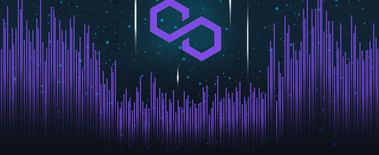The U.S. Federal Reserve will keep buying bonds for $120 billion a month as before and hold interest rates near 0%. Their monetary policy panel, the Federal Open Market Committee (FOMC), indicated the bank could start tapering its bond purchases because the goal of attaining maximum employment has been reached. According to the FOMC, the target rate for federal funds would be kept low, up to 0.25%.
Bitcoin traders are watching the decision carefully. Many claim the crypto with the biggest market cap can protect against dollar devaluation if monetary policy is loosened further.
During a press conference, Fed Chairman Jerome Powell said the tapering process could end by the middle of 2022 as long as the economy continued to move in the direction of maximum employment:
“Vaccinations and unprecedented fiscal policy actions are also providing strong support to the recovery indicators of economic activity. We are seeing upward pressure on prices due to supply bottlenecks.”
Bitcoin price almost unchanged
Following the announcement, the price of Bitcoin changed only slightly, perhaps indicating that traders don’t expect the Fed to turn hawkish in the near future. A number of cryptocurrency investors believe “quantitative easing” will make the dollar weaker and Bitcoin stronger. Wall Street still sees Bitcoin as a speculative asset. Expectations are that more investors will look to buy Bitcoin because quantitative easing – where markets are stimulated by printing money – lowers returns in conventional bond markets.
Plans to raise interest rates moved up to 2022
Based on their “Summary of Economic Projections”, Federal Reserve officials moved the expected timeline for raising interest rates from 2023 to 2022. If Bitcoin is considered a hedge against inflation because of its limited supply, it will be good news for investors.
According to the SEP, officials project gross domestic product growth of 5.9% this year, down from the 7% projected in June. They expect an unemployment rate of 4.8% this year, which is more pessimistic than their June estimate. The same goes for personal consumption expense prices, a measure of inflation. The Fed expects them to increase by 4.2% this year, up from the 3.4% predicted in June.
The officials anticipate two rate increases next year. Just seven officials expected this at the June meeting. However, the dots are not a forecast as not all Fed officials who plot dots have voting rights in FOMC.











